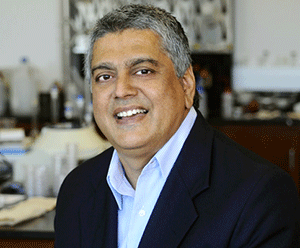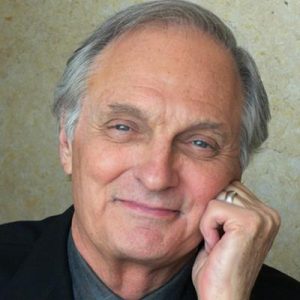 For the legendary actor Alan Alda, it was the same curiosity that drew him into acting that propelled him into the world of science.
For the legendary actor Alan Alda, it was the same curiosity that drew him into acting that propelled him into the world of science.
“I remember as a kid always trying to figure out why things were the way they were. How they got to be the way that they were,” says Alda. He was fascinated with the world around him, from examining a flame at the end of a candle to contemplating human behavior. “Why did adults say the things they said and why they behave the way they did?”
Then, an opportunity arose that mixed a little bit of each world. Alda was asked to host the television show Scientific American Frontiers. A show that discussed new technologies and discoveries in science and medicine.
“I said ‘yes’ on the condition I could actually interview the scientists and not just read a narration,” says Alda, “because I really wanted to hear from the scientists about their work. And I wanted to understand it better. That kind of lead to what I do now which is to help scientists communicate better.”


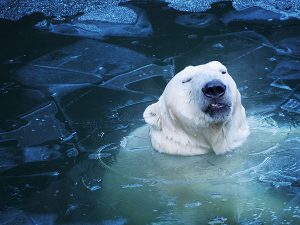
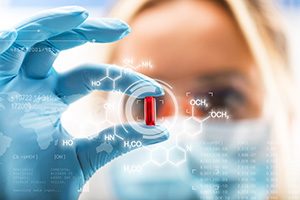
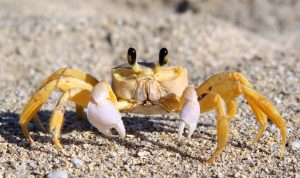
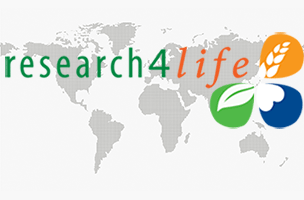
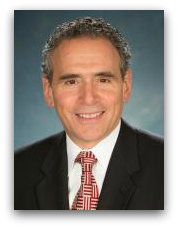
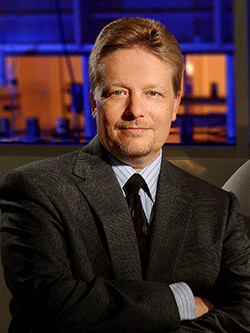
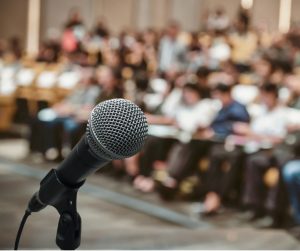
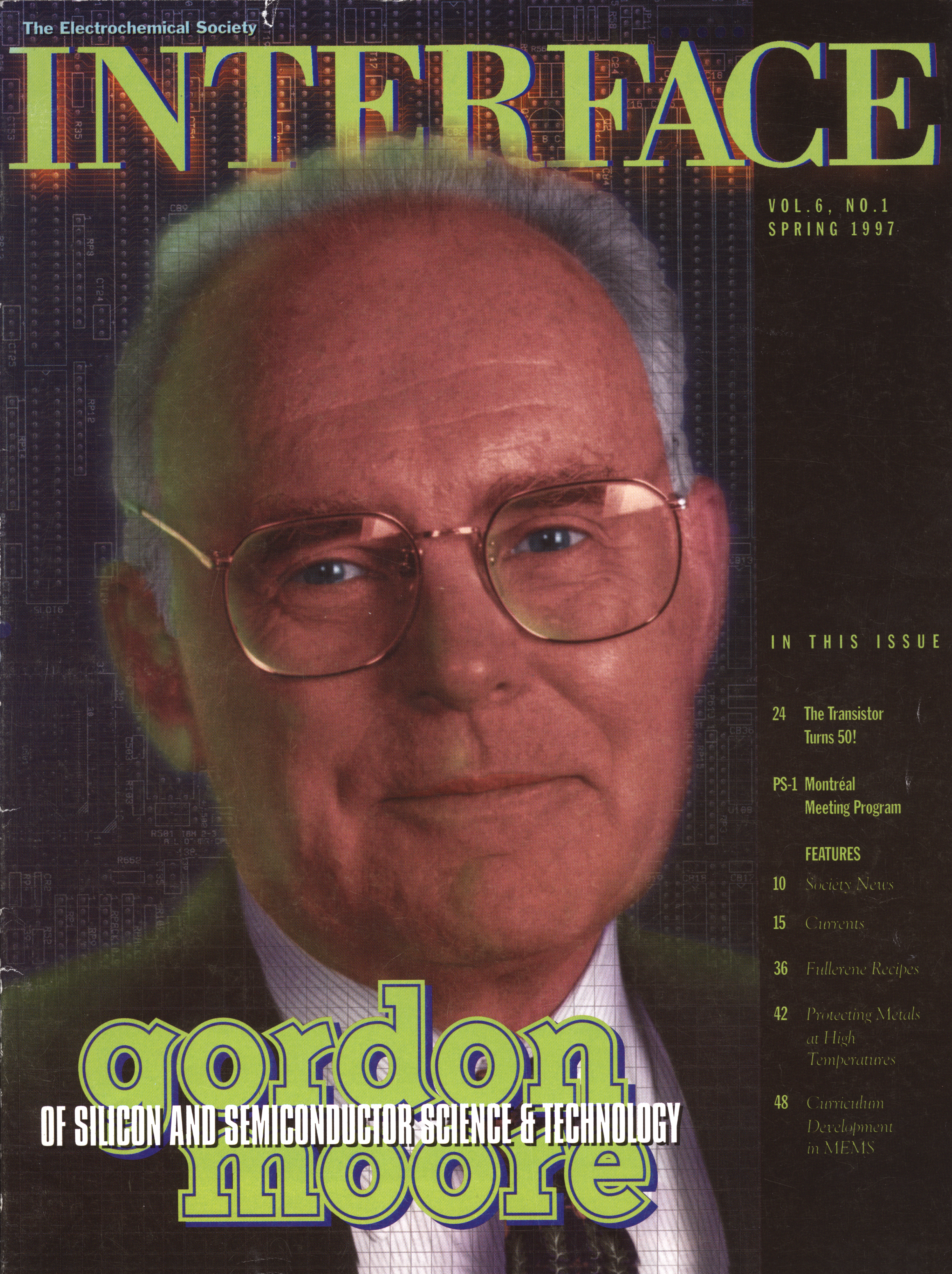 Nineteen sixty-eight marked a year of tragedy but also of transformation. It may be 50 years in our past, but what occurred that year is still very much alive with us today. Here are our top 5 reasons why the scientific advances of that year are super “groovy” in our book:
Nineteen sixty-eight marked a year of tragedy but also of transformation. It may be 50 years in our past, but what occurred that year is still very much alive with us today. Here are our top 5 reasons why the scientific advances of that year are super “groovy” in our book: